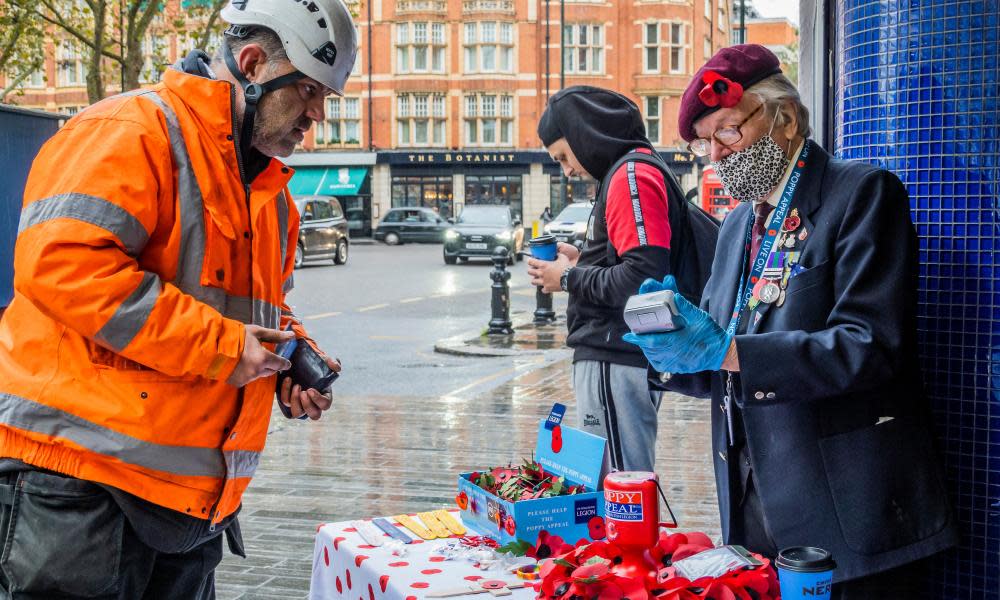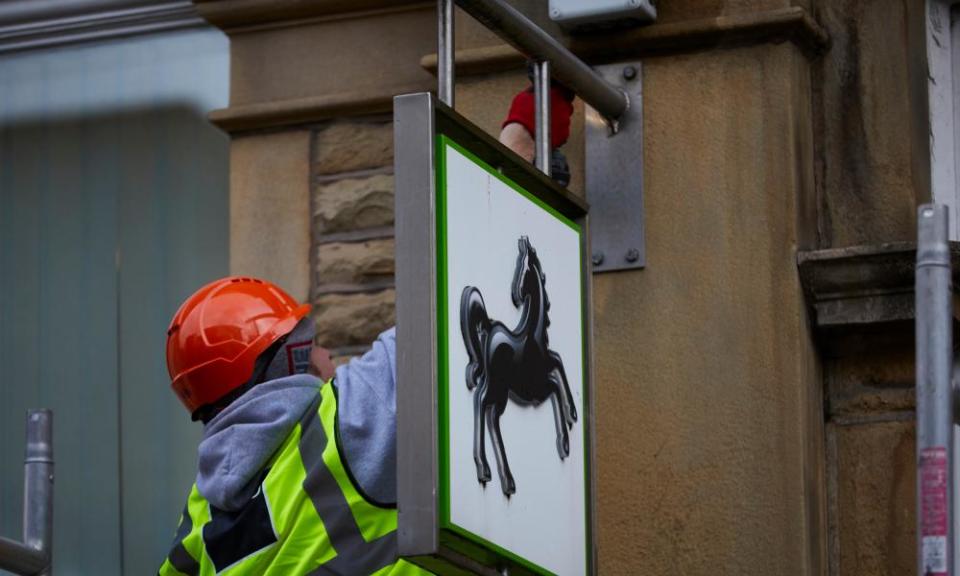Contactless is making it easier to spend, but is that a good thing?

It is about to get a lot easier to spend your money. The chancellor, Rishi Sunak, announced last week that consumers will soon be able to spend up to £100 by tapping their payment cards in shops instead of putting in their pin.
The rise in the contactless payment ceiling to £45 last year was aimed at reducing physical contact in shops during the pandemic, making it easier to shop without using cash. The Treasury said moving it up to £100 would give a “huge boost to the struggling retail sector, helping to support jobs and businesses”.
But concerns have been raised that vulnerable customers may lose track of how much money they have spent or have in their account, and that the risk of fraud will grow for everyone. There are also fears that it will mean more retailers move away from accepting cash, locking out those customers who still rely on it.
From £10 to £100
When “tap and go” cards were introduced in 2007, the limit for contactless payments was set at just £10. This was increased to £15 a few years later, then to £20, before going to £30 in 2015. Last year, as one of the measures to combat the spread of the coronavirus, it rose to £45. Now it is set to more than double.
The move brings contactless closer to other payment methods with no limits, such as Apple Pay.
There has been a sharp rise in the number of people paying by tapping their card since the beginning of the pandemic. Figures from the banking trade association, UK Finance, show the value of such transactions was up almost 45% in November 2020 compared with the previous year, as more retailers moved away from accepting cash.
The new rules came into effect from last Wednesday, but retailers and banks will need to do some work behind the scenes, so shoppers will not notice a difference until later in the year.
Debt risks
The pandemic has driven more people into debt, with one in four adults now financially vulnerable. There is concern that the £100 limit could lead to increased indebtedness.
Stacey Lowman, of the financial coaching app Claro, says the easy nature of contactless can take accountability away from consumers and allow them to lose track of what they are spending.
“There is less time to think about, or reconsider, the purchases,” she says. “As you don’t even have to hand over your bank card, the sense of financial loss, otherwise known as the pain of payment, isn’t felt nearly as much as with cash, or even a non-contactless card.” Lowman says because the limit was £30 for a number of years, “consumers typically associate a simple tap of the card with a smaller value purchase, such as a takeaway coffee or a public transport ticket”.
She says this is unlikely to change just because the increased limit has. “The phenomenon of mental accounting may come into play, too, as the increase could be considered an unexpected gain by some,” she adds.
Some experts have called for customers to be able to set their own limit on contactless spending so they can keep more control.
Fear of fraud
The increased limit has also brought concern that customers will be more susceptible to having their cards stolen and payments made without their knowledge. It is hard for contactless payments to be stopped by a bank, so even if you report your card stolen immediately, it can still be used by a thief.
Once a customer has made a series of consecutive contactless payments – currently to a total of £130 – they have to enter their pin. This limit will now be raised to £300 as part of the changes.
There have been calls for the industry to use the time between now and the introduction of the new rules to bring in better safeguards.
Sarah Pennells, head of financial capability at the insurer Royal London, says card theft is now more attractive, and the UK should look at what other countries are doing to stop fraud.
Cardholders, she says, should always check the amount they are paying on the machines before tapping, and check their bank balances regularly for unexplained entries.
Lowman advises turning notifications on if you use a banking app, so that every payment can be tracked. If there is any unexpected activity on your account, contact your bank straight away.

Left behind
A survey by consumer group Which? last year found that one in 10 shoppers had been refused when trying to purchase goods with cash, as policies stipulating that only card payments would be accepted became more common.
There are concerns about how those who still depend on cash – mainly the older, the abused and those without a bank account – will handle the change to a society which is less reliant on physical money. The rise of the contactless limit may make matters worse.
Anthony Morrow, of financial advice site OpenMoney, says that the more digitally focused a society becomes, the higher the potential is for people to be excluded.
“It feels as though this approach is aimed at those who are already comfortable paying for things digitally, but the reality is that adoption, while growing, doesn’t cover enough people – especially those on lower incomes or out of employment completely,” he says.
“The pandemic has shown that the digital gap is wider than many might imagine, and as large swathes of people continue to switch to digital amid the backdrop of high-street bank closures, the needs of older people, in particular, are in danger of being forgotten.”

